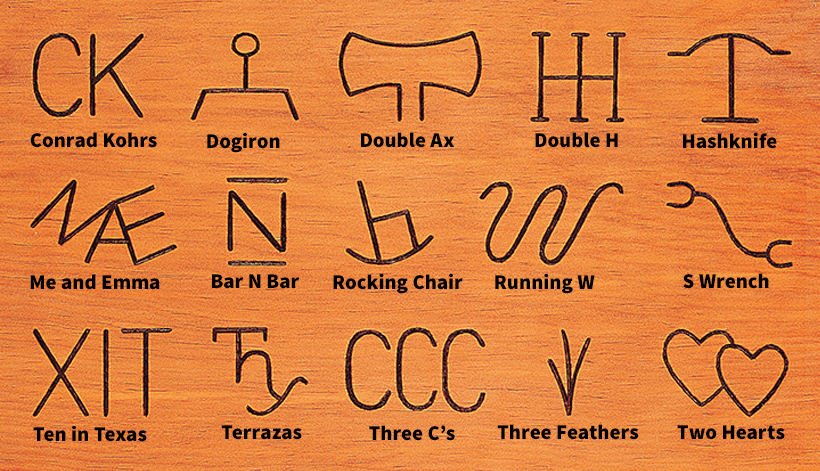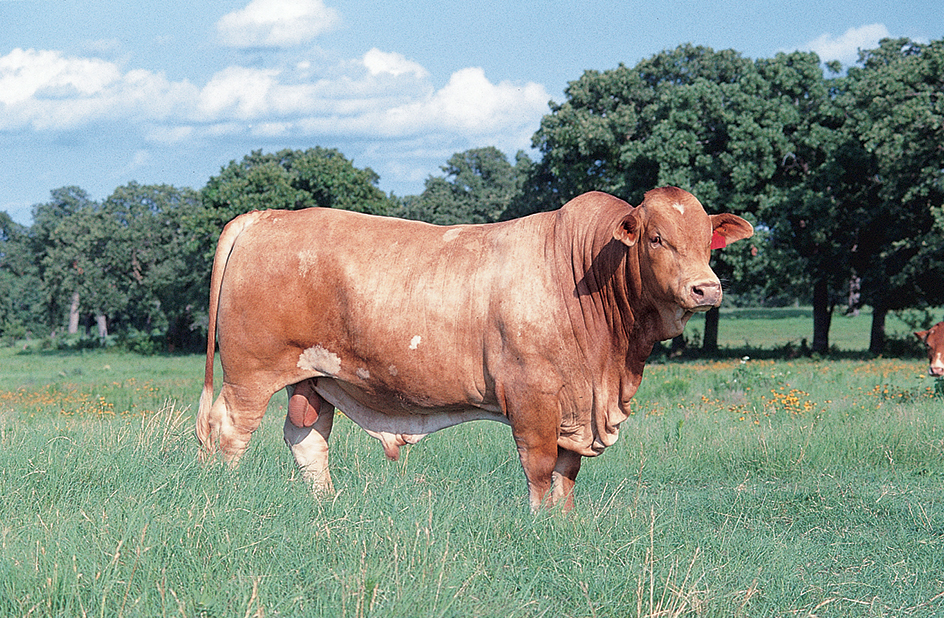Ranching usually means raising cattle and sheep on large farms. Some fruit farms and farms that raise such small fur animals as mink are also called ranches. So are many places of 5 to 10 acres (2 to 4 hectares) in California. But this article deals with cattle and sheep ranching. For information on dude ranches, the resorts where tourists get an idea of what life in the Old West was like, see Dude ranch .
Cattle and sheep ranches are very large because it generally takes many acres of grassland to feed a herd. An average ranch in the western United States covers several thousand acres or several hundred hectares.
Most American ranches are found in the western United States and Canada. There are some in the Southeastern States along the Gulf of Mexico. Australia, Argentina, Mexico, New Zealand, and African countries also have large ranches. But Australians and New Zealanders call them stations.
Most early U.S. ranchers raised cattle on unfenced land called open range. Workers called cowboys or cowhands rode herd on the cattle. Today, ranchers generally own much of the land in their ranch, and they and members of their family do most of the work. Neighbors help each other when extra help is needed on the ranch. Only the largest ranches employ cowhands.

Life on a cattle ranch
centers on raising calves that can be sold as stocker cattle or as feeder cattle. After the animals are fattened, they are called slaughter cattle. The fattened stock are shipped to a stockyard (market), where they are sold and slaughtered for meat. The rancher usually keeps some of the heifer (female) calves to replace older cows.

Ranchers start their year in the fall after selling their calves. They prepare for winter by buying or harvesting a hay crop and such feed grains as barley, corn, oats, or sorghum. When snow covers the ground in the winter, the cattle cannot find food by themselves. Ranchers then carry feed to their cattle in trucks or helicopters, spreading it on the ground for them to eat.
Many of the cows give birth to calves in early spring, and the rancher must watch them closely then. If a calf gets ill, the rancher may move it and its mother in from the fields to the ranch headquarters to treat the calf.
A month or two later, when the calves are active and strong, neighbors help the rancher round up the cattle and herd them into a small fenced area called a corral. There the calves are branded (marked) with a hot iron to show who owns them. They may also be ear tagged at this time. They are given medicine to prevent diseases. Male calves may be castrated (have their sex glands removed). During the rest of the spring and summer, the herd grazes (eats grass) on the range.
The cattle follow a daily routine on the range. They graze very early in the morning, eating rapidly. They chew their food only enough to moisten it and then swallow it. In the middle of the day, the cattle rest in a shady place. The food is returned to their mouths in the form of a cud, and they chew it again to aid in its digestion. In late afternoon, most cattle go to the watering hole or stock tank to drink. They then graze until dusk.
During the day, ranchers mend fences, repair machinery, and make sure watering holes store enough water. They also put out blocks of salt mixed with other minerals that the cows can lick, because cattle need such minerals in their diet. In the fall, neighbors help each other round up cattle. Then the calves that are old enough to be weaned (taken from their mothers) are sold.
Ranch life once was lonely. But the automobile, truck, and good roads have brought the rancher closer to other people. Most ranch children ride buses to school in nearby towns. Ranch families now live in comfortable homes that have electric power, plumbing, a telephone, and other modern conveniences.
Life on a sheep ranch
is different from life on a cattle ranch because sheep produce two crops—lambs and wool. In the spring, crews of workers use power clippers to shear (cut off) the sheep’s wool, and the rancher sells it. Lambs are usually born in spring. They and the freshly sheared ewes (mother sheep) are then branded with paint or are ear tagged. In the fall, most of the lambs are weaned, shipped to feeders or stockyards, and sold for slaughter.
History.
Ranching in the United States began in the mid-1800’s. Ranchers raised cattle on the open range, and hired cowhands to help guard and herd the cattle.
When the cattle were almost ready for slaughter, the ranchers formed big herds and drove them overland to the nearest railroad, in Kansas. A single herd had several thousand cattle and moved from 10 to 15 miles (16 to 24 kilometers) each day. In Kansas, the cattle were sold to buyers who shipped the cattle to the East.
During the 1870’s and early 1880’s,
large ranches developed in the West. One, the XIT ranch in northern Texas, was 200 miles (320 kilometers) long, 25 miles (40 kilometers) wide, and had 150,000 cattle. Many cowhands worked on these big ranches, and they lived in buildings called bunkhouses. But in the mid-1880’s, bad weather killed thousands of cattle, and ruined many ranchers. Many big ranches were sold and divided.
Range wars.
Some of the best land was homesteaded. That is, people moved onto federal land under the terms of the Homestead Act, which gave a person up to 160 acres (65 hectares) of land if the individual promised to live on it and farm it. Homesteaders built fences to protect their crops from cattle. Sheep ranching also began to develop. Sheep ranchers moved sheep from one range to another, and the sheep occasionally grazed on ranges that cattle used. Soon, cattle ranchers, homesteaders, and sheep ranchers began to fight for the land and watering holes. Many of these disputes developed into bloody range wars. Unlimited use of the open range ended in 1934. Since then, ranchers have needed permits to graze herds on federal land.
Since the 1940’s.
Land prices increased in the 1940’s, so ranchers had to develop new ways to make their land more productive. They developed more watering holes, cleared brush, planted better grasses for their cattle and sheep to eat, and rotated their animals from one grazing area to another to allow the grass to grow back. Ranchers also began to use new methods of handling livestock with less help. Horses are often still used, but ranchers now also use jeeps, trucks, and even helicopters to get the most production.
